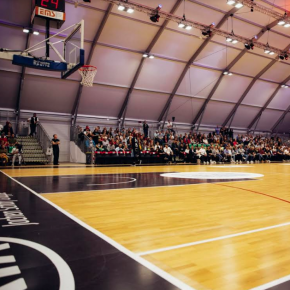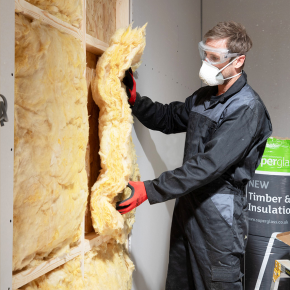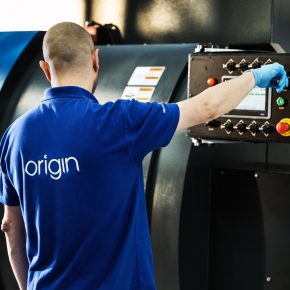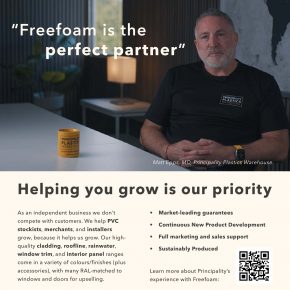
Four things you should know about temporary structures
The last 12 months has seen UK businesses thrown into turmoil about the state of the nation and with many not wanting to invest in bigger or new premises, the temporary structures industry has seen a boom in sales.
When it comes to expanding your business, whether you need a bigger warehouse facility to store new stock or somewhere to house larger equipment, these temporary operational spaces are not to be snubbed when making your considerations.
What are they?
Temporary structures are a building or a series of buildings that can be erected in a short amount of time, providing you will the tools you potentially need to continue your regular business operations.
Usually with a build time of around 7 – 28 days depending on the complexity of the design, their short lead time does not by any means make them flimsy.
How are they different to permanent structures?
A permanent structure, although longer lasting than their permanent cousin, has a much lengthier lead time of around two to six months. And, whereas permanent buildings require capital to outlay prior to installation, temporary buildings require little to no deposit.
What if your company needs to relocate in a short space of time? Another benefit of temporary structures is that they can be moved with little notice.
Many temporary buildings can be relocated and installed as many times as you need at as many different locations.
What are they used for?
Whether you’re looking for a new warehouse space or a temporary compartment for your offices while your new building is under construction, structures of this nature can be utilised by a variety of businesses.
These solutions are now used widely by fitness companies, with many installing permanent structures to offer a free space for employees to be able to exercise to help reduce stress, provide motivation and relax during the working day.
They’re often used by schools too, with many that are going through construction on site, using temporary structures for classroom space and sports halls, helping to minimise disruption to education.
Will they be your ideal solution?
With a small initial investment compared to a permanent structure and the ability to transform and expand your business whenever needed, temporary buildings are cost effective, better for the environment and can help your company transform faster than the competition.
When you’re next considering your options, weigh up all your options and include temporary structures as a viable option.
Latest news

11th February 2025
Glidevale Protect and Superglass join forces
Glidevale Protect has recently announced a collaboration with Superglass Insulation to provide a collective system solution that strengthens the offering for housebuilders, specifiers and offsite manufacturers.
Posted in Articles, Building Industry News, Building Products & Structures, Building Services, Building Systems, Facility Management & Building Services, Insulation, Restoration & Refurbishment, Retrofit & Renovation, Sustainability & Energy Efficiency, Walls
10th February 2025
Origin achieves world-leading powder coating accreditation
Origin, the UK’s leading manufacturer of aluminium doors and windows, has been awarded the internationally renowned Qualicoat accreditation for its state-of-the-art, in-house powder coating facility.
Posted in Aluminium Products, Architectural Ironmongery, Articles, Building Industry News, Building Products & Structures, Building Regulations & Accreditations, Building Systems, Doors, Glass, Glazing, Paints, Coatings & Finishes, Restoration & Refurbishment, Retrofit & Renovation, Windows
10th February 2025
ASSA ABLOY EMEIA: Powerful digital control refined with elegance
ASSA ABLOY’s Aperio® H100 packs the security and convenience of digital access into an award-wining wireless door handle. Now, to meet demand from the architecture, design and construction sectors, the H100 is also available in black – the ultimate expression of digital control and style.
Posted in Access Control & Door Entry Systems, Architectural Ironmongery, Articles, Building Industry News, Building Products & Structures, Building Services, Doors, Facility Management & Building Services, Information Technology, Innovations & New Products, Retrofit & Renovation, Security and Fire Protection
10th February 2025
Freefoam launches new advertising campaign: Helping Customers Grow
Freefoam Building Products, a leading manufacturer of innovative PVC building products, has unveiled a new advertising campaign aimed at supporting its customers’ business growth and promoting brand value awareness.
Posted in Articles, Building Industry News, Building Products & Structures, Building Services, Cladding, Drainage, Guttering, Soffits & Fascias, Fascias, Information Technology, Innovations & New Products, Restoration & Refurbishment, Retrofit & Renovation, Roofs, Walls
 Sign up:
Sign up: